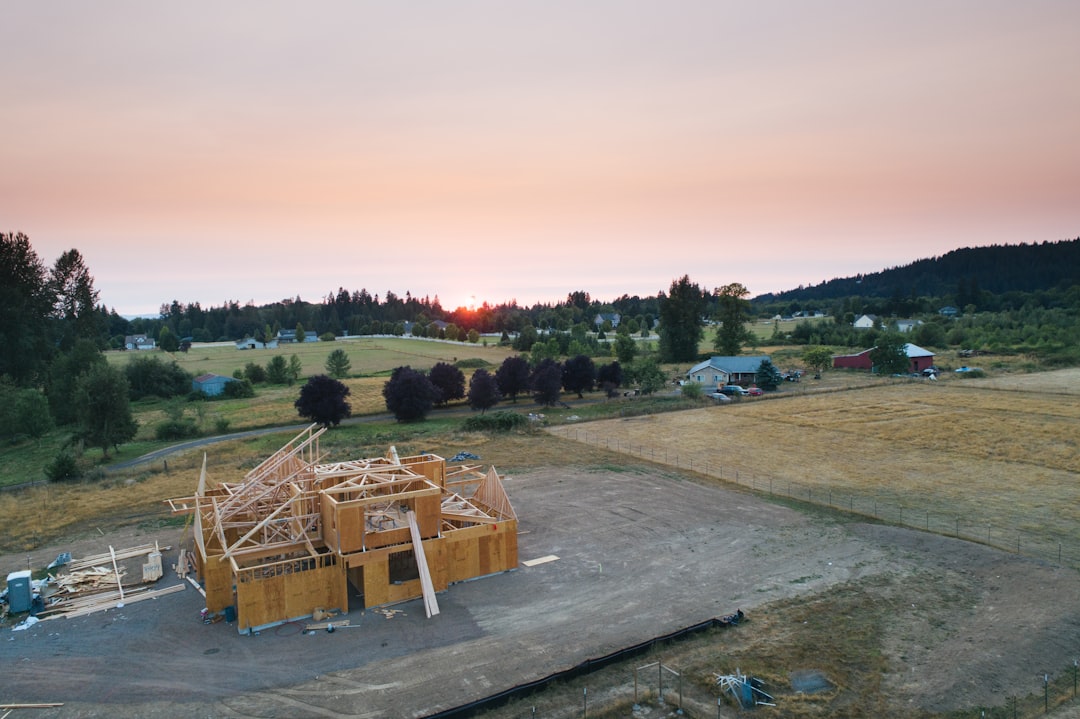Soil is the living, breathing foundation of any thriving ecosystem, and in permaculture, building and regenerating healthy soil is the cornerstone of sustainable design. Far beyond a mere growing medium, soil is a vibrant ecosystem teeming with life, essential for water retention, nutrient cycling, and supporting plant growth. In this blog post, we explore the importance of soil in permaculture, practical strategies for building and regenerating soil, and how these practices create resilient systems that work with nature rather than against it.
Why Soil Matters
Healthy soil is crucial for:
-
Plant Growth: A rich soil supports robust root systems, ensuring plants receive the water and nutrients they need.
-
Water Management: Soil with high organic matter has improved water-holding capacity, reducing erosion and runoff while recharging groundwater.
-
Microbial Activity: A diverse community of microorganisms in the soil breaks down organic matter, releasing essential nutrients and fostering a balanced ecosystem.
-
Carbon Sequestration: Well-managed soils store carbon, helping to mitigate climate change and contribute to a healthier global environment.
In permaculture, soil building isn’t just about adding fertilizer—it’s about regenerating the natural processes that make soil fertile, sustainable, and resilient.
Strategies for Soil Building and Regeneration
1. Composting and Organic Matter
Compost: Composting is the process of breaking down organic waste into nutrient-rich humus. Adding compost to soil not only improves its structure and fertility but also supports beneficial microbial life.
-
Example: Many permaculture farms use on-site composting systems that recycle kitchen scraps, garden waste, and animal manure. This continuous loop creates a self-sustaining system where waste is turned back into nourishment for the soil.
2. Cover Cropping and Green Manures
Cover Crops: Growing cover crops—such as clover, vetch, or rye—protects the soil from erosion, suppresses weeds, and adds organic matter when incorporated back into the soil.
-
Green Manure: These crops are grown specifically to be turned into the soil, enriching it with nutrients and organic compounds. This practice is common in many regenerative agriculture systems around the world.
3. No-Till and Minimal Disturbance
No-Till Farming: Disturbing the soil can disrupt the microbial network and lead to erosion. No-till practices maintain soil structure, enhance water retention, and protect the delicate balance of soil organisms.
-
Practical Tip: Using mulch to cover the soil reduces evaporation, suppresses weeds, and gradually breaks down to further enrich the soil with organic matter.
4. Mulching and Soil Cover
Mulching: Applying a layer of organic material—like straw, leaves, or wood chips—helps to keep the soil cool, retain moisture, and gradually add nutrients as the mulch decomposes. Mulch acts as a protective blanket, reducing soil erosion and supporting a healthy microbial community.
-
Real-World Example: In arid regions, mulching is crucial for conserving water and protecting against extreme temperatures. Farmers in these areas often use locally available organic materials to maintain soil health.
5. Biodiversity and Soil Life
Encouraging Microbial Diversity: Healthy soil is a living system. By introducing a variety of plants and organic materials, you can encourage a diverse community of soil organisms that work together to break down organic matter, fix nitrogen, and cycle nutrients.
-
Key Principle: Rotating crops and integrating animals into farming practices create natural interactions that support soil life, much like the interconnected layers of a natural forest.
The Impact of Regenerated Soil on Permaculture Systems
When soil is healthy and regenerating, the entire ecosystem benefits:
-
Resilient Plant Growth: Plants become more resistant to pests and diseases, reducing the need for chemical interventions.
-
Enhanced Water Retention: Water cycles more efficiently through well-structured soil, minimizing the impact of droughts and heavy rains.
-
Sustainable Food Production: Rich soil leads to higher yields and more nutritious produce, making local food systems more self-reliant and sustainable.
-
Climate Mitigation: By sequestering carbon, regenerated soils play an important role in addressing global climate change.
Conclusion
Soil building and regeneration are at the heart of permaculture design. By mimicking the natural processes of decomposition, nutrient cycling, and biodiversity, we can create systems that are not only productive but also resilient in the face of environmental challenges. The techniques of composting, cover cropping, no-till practices, and mulching all contribute to a healthier soil ecosystem, which in turn supports thriving gardens, farms, and communities.
In embracing these practices, we move toward a future where our living spaces are in tune with nature—regenerative, sustainable, and abundantly life-giving. Whether you’re a seasoned permaculturist or just starting your journey, focusing on soil health is a transformative step in creating a resilient and vibrant world.

Comments
No comments yet. Be the first to comment!
You must be logged in to comment. Login